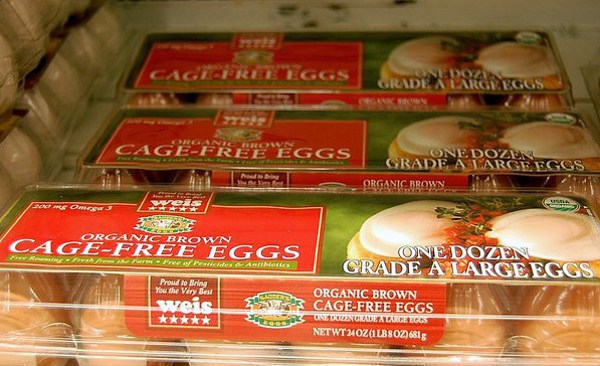
In light of last October’s “Scrambled Eggs” report on the virtually meaningless labels found on supermarket eggs, one blogger has had an idea for how to create labels that actually mean something. Friend and blogger for the Oregon-based Ludeman’s, Elisabeth McCumber, shares her idea below. What do you think? Would it work?
Changes for Oregon chickens have been brewing in Salem this week.
On Wednesday the 25th, the Oregon Senate decided the chickens who lay our eggs should have bigger cages. The plan takes effect over the next 15 years, so even if today’s chickens have all kicked the bucket by then, at least their granddaughters or great granddaughters will enjoy a little more elbow room. (Here’s that story.)
Good news, right? Except that Oregon’s animal rights advocates still aren’t happy. But who’s surprised? When will they be satisfied? It’s a classic case of “give a mouse a cookie;” these people aren’t going to lay off until we’ve got every hen on a pasture.
This deserves a little critical analysis. An analogy might help.
Mr. Cratchit is, as everyone knows, in the employment of Ebenezer Scrooge. His situation is bleak. He’s not allowed the coal he needs to keep warm while he works. He doesn’t earn much. That means he can’t buy nutritious food for his family. That means Tiny Tim isn’t doing well. In fact, the boy’s going to die by next Christmas. For the purpose of this analogy, let’s imagine Bob’s situation extra bleak: he’s also chained to his desk.
After a harrowing visit from the Christmas spirits of past, present and future, Scrooge relents. He meets Cratchit at work one morning with a face to light the world at dawn, and says, magnanimously, he’s got news! Bob Cratchit will no longer be chained to his desk.
Still freezing. Still under-nourished. Still going to lose his son.
THE POINT
Till now, we’ve been talking just about Oregon chickens. But the situation is broader than that. Factory-farmed animal products – meat, milk, eggs – are everywhere, to such an extent that if you’re in a store looking at an animal product, you’re safe to assume it’s factory.
And no matter how big a bone the factory system throws to those advocates for animal welfare, it’s still going to fall short. No matter how big the cage gets, the fact is, the natural condition of a chicken is not a cage.
This “natural condition” thing is a pillar in the very definition of “humane,” according to Certified Humane, a label that puts in print what it means to treat farm animals in a kind and responsible way. The idea is that animals should be allowed to engage fully in their natural behaviors. Cows are evolved to graze. Pigs are made to root around. Chickens have wings, and they’re meant to flap them. A chicken in a cage can’t do that; nor can it dust-bathe, brood or do anything else chickens naturally do.
So expanding the confinement to a little less than 11×11 inches per bird kind of misses the point. Big time.
A SOLUTION
Hold on, you object. What are you proposing? That all these farms revamp their entire operation at a fundamental level? Can you even wrap your mind around how much that would cost? Do you have any idea how unfeasible that is?
Sure. That would never go down. Let’s not suggest anything of the kind. In fact, let’s not impose any change at all on egg operations; let them keep the cages sized as they are. Let Bob Cratchit remain chained to his desk.
Just change the packaging.
For every operation that keeps X number of chickens or more, require it to print a 1×1 inch photograph right there on the package, documenting the living conditions of its birds. Specifically, the living conditions of the majority of the hens (you can’t keep 10 chickens in an adjacent yard for photographic purposes), located where they spend the majority of their time (you can’t move your birds to a field, take a picture and move them back). It would also need to include a minimum number of birds in the shot – say, 50. (You can’t do a super close-up of one particularly healthy-looking bird.) Under the photograph, in fine print, the words: “Living conditions of hens at XYZ Corp.”
One small photograph. One immense impact. Were consumers to notice every carton came with a tiny picture of the birds who laid the eggs, they’d think about it. The information would surely impact their purchasing decisions. (And don’t we, as a nation, believe in informed choice?) They might make a change in their diet; they might seek out alternatives. If they went ahead and bought the eggs anyway, they might have a hard time answering their children’s questions about that picture on the box.
Because here’s the thing. The majority of us are pretty decent people. The majority of us don’t like the idea of searing off chickens’ beaks, stuffing them into wire cages and putting less fresh, less nutritious eggs on our table. Why else would the going packages show anachronistic, cartoon images of your quintessential family farm? Bright green grass, a girl cradling a hen, a comfortable red barn.
At the same time, we’re remarkably adept at telling ourselves the story we wish were true. We don’t think about the lives of battery hens as we watch our eggs travel down the conveyor belt to the cashier. Or, if we do, we tell ourselves, “Maybe these eggs didn’t come from that kind of place.” The truth is, though, they did. No matter what the package says – cage-free, free-range, whatever. Those meaningless monikers are there strictly for the purpose of giving people a story they’re more comfortable with, because goodness knows, if people were confronted with the truth, they would not participate.
In short, systemic change is the only answer. But let’s not go the murky road of government regulation, in which the ideal of humanely treated animals is negotiated down to a mere shadow of itself. Rather, let’s go the free market road: good old-fashioned, capitalistic competition, right? Tell the people the truth, and let them decide.
The people are going to pressure you, XYZ Corp. Because as much as you and Mr. Scrooge detest the implications, the people are rooting for Tiny Tim.
IN THE MEANTIME
Take action, dear reader. There’s a lot you can do right now, even short of a comprehensive, systemic reform in egg farming.
- Research your egg brand. If you can’t find evidence its hens are humanely kept, they’re not.
- Search localharvest.org for pastured eggs in your area, and consider buying from a small farm nearby.
- If you have a yard, consider keeping your own chickens. Visit backyardchickens.com to decide if a small flock is right for you.
- Look for the “Certified Humane” label. Visit certifiedhumane.org to learn what their standards are, who meet these and where you can find them on the shelf.
Educate yourself. Weigh what it means to you. Then, whatever your conclusions may be, act on them.
Elisabeth McCumber writes for Ludeman’s Farm & Garden Center in Beaverton, OR, a feed store with 40 acres of permaculture out in Buxton. She blogs about real food, permaculture and good ideas for gardeners. The store supplies backyard farmers with the usual – seed, feed, tools – plus raw milk, red wiggler worms, hatching eggs, eggs for the table, turkeys, ducks, geese and chickens.
(photo by mtsofan)
 |

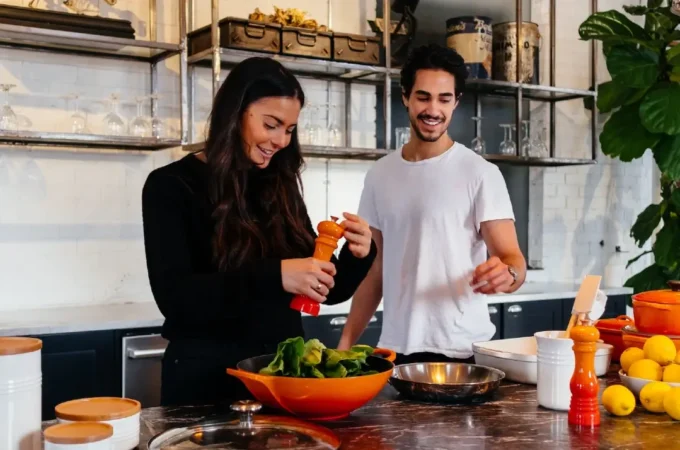

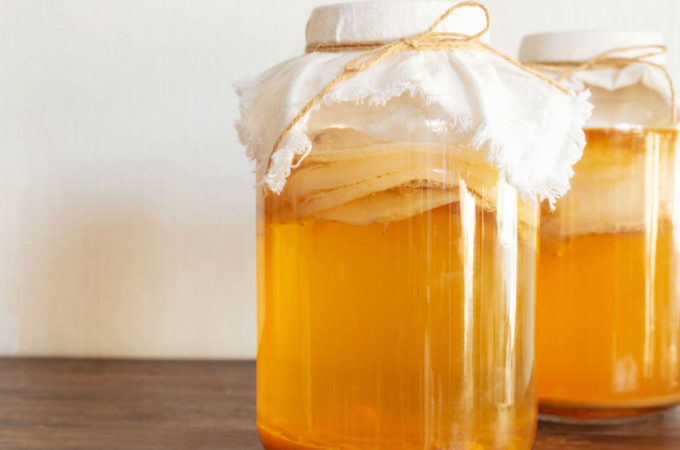
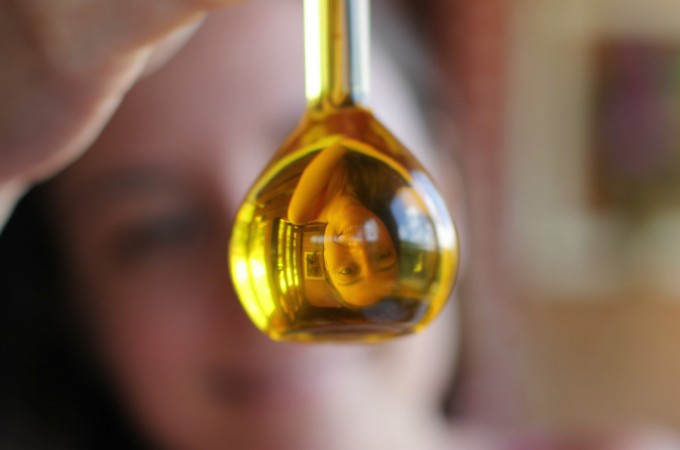

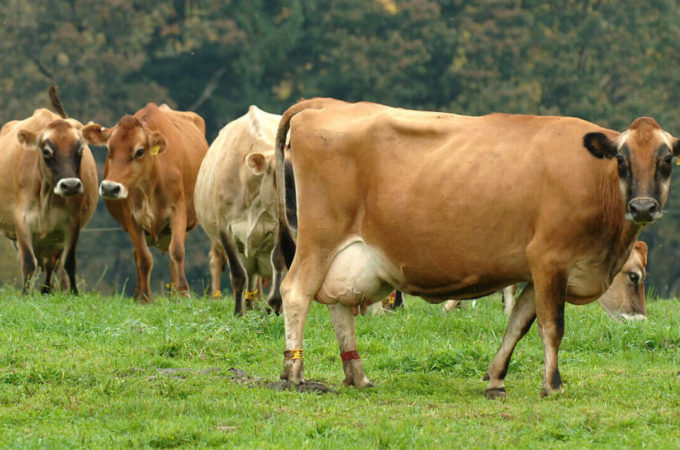


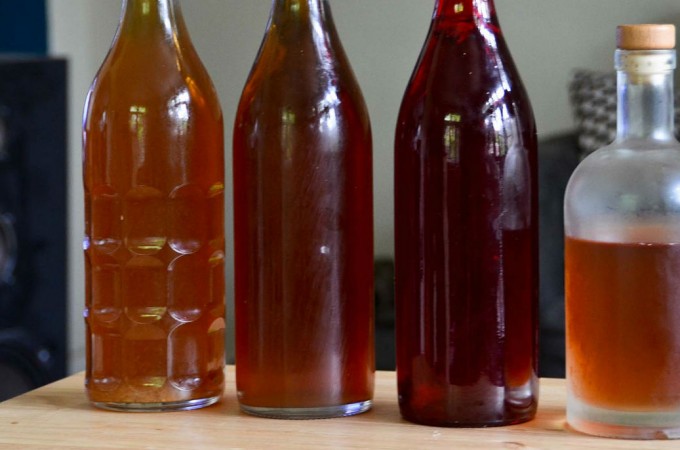

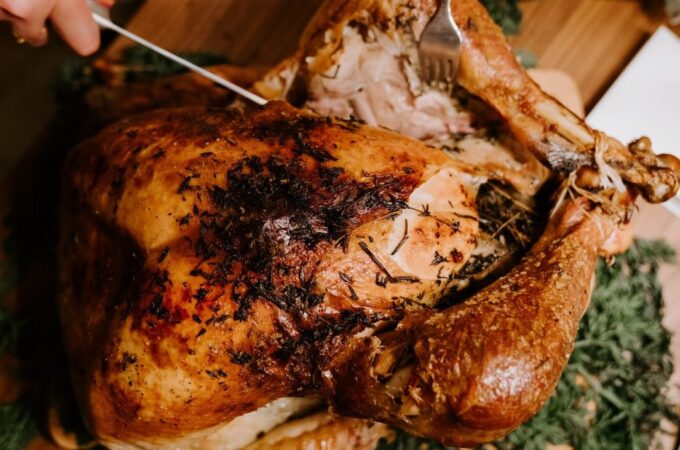


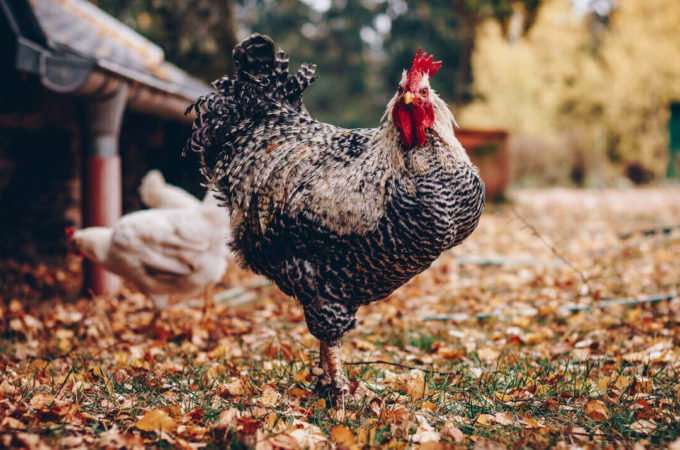

I think most consumers are waiting for the government to regulate the conditions of farm animals. Most consumers just don’t realistically have the time to research what brand of egg they are buying. Find farmers, visit farms, etc.. There are some of us certainly that make the time. You just can’t expect everyone to do that though. When two parents are working 40+ hours a week and managing a home and taking care of children and taking care of aging parents possibly life just only has so many hours. I completely understand that. Industry leaders, farmers, and the government need to shoulder most of the responsibility here and fix the problem.
good article..i worked at a factory egg farm years back and could not eat eggs for a while after working there. I know if other people saw what i saw thye might think different too.
excellent article. My father would agree totally. As you may guess, I was brought up on a small poultry farm (just 2,000 hens…1,000 chicks brought in in Spring, another 1,000 chicks in Fall, so we had eggs all year round). They were housed in a long, locally built house, with nests made from barrels, placed along the sides of the building. Natural earth and straw floors, roosts were hand built. Yes, happy hens!!
I’m buying my eggs from local farmers who also have happy hens!! You can certainly tell the difference in the yolks/whites! If enough of people start supporting local farmers, perhaps big ag will get the message.
I like the picture idea. Free Market is the answer.
Megan, people CAN take the time to research what they eat, they just don’t want to. I was/am the same way. For instance I KNOW microwaves are bad for me, but I’m not willing to research why just yet. I love the phrase “I can’t unlearn what I’ve learned.” It’s about babysteps. I now am buying farm fresh eggs, and humane beef, chicken and pork. Eventually I’ll read the articles on microwaves and learn to live without the convenience. But for the most part, people have access to the information but they’d rather be watching tv or some other activity than learning about where their food comes from.
“I don’t have time” is just an excuse. It’s about teamwork and networking. I did not personally go check out these farms that I buy my meat from, but my very close friend did. I’m relying on her research which I know is extensive. In turn, I do things for her. It’s about getting back to community, faces and names, not a “faceless” government to regulate.
I’m just now getting informed of the benefits of well-raised animals since I’ve started eating low-carb. I was shopping at Whole Foods yesterday for some grass-fed beef and noticed they have a 5-step rating system for cows, pigs, and hens. It seems to be pretty comprehensive, you can check it out here: http://www.wholefoodsmarket.com/meat/welfare.php
As nutritious it is to have well-raised animals, not everyone can afford it. I’d hate for government to come in with more regulations which would raise the prices for everyone with more likely than not little to no improvement in quality.
Just the other day i read about the FDA comming down hard on an Amish farmer trying to sell his raw milk. We need a way to stop the crony-capitalism between big ag and big gov’t.
I think it’s funny how when changes to the current system and recommended people complain about the cost. Yet look at our current tax dollars that go to such waste such as the raw milk raids, etc.
The money is there it just needs to be allocated better instead of pissed away.
I don’t believe it (a photo on the package) would make any difference. I find most people turn off their brains when shopping. At most it might illicit a curious glance, but most people won’t care even if they do know the truth. At least that’s been my experience.
I know nothing about the farm where we get our eggs except it’s local and what I see from the eggs. We’ve been getting eggs through the FM and that were supposedly pasture raised but the yolks where pale and the shells thin. One day at my local health food store I saw a new carton of eggs from a local farm I knew nothing about. I got them and the yolks are as orange as can be and the shells nice and thick. To me that means a lot more then anything they can say, write, or put an image on the carton.
Eggs are best from hens that are allowed to forage for their natural foods (i.e. bugs). Poultry were never supposed to be vegetarians.
Recommendation: skip the grocery store (and their screwy labels) and search out a neighborhood food club that works with local farms. You can always develop your own relationship with local farms. Thi applies not only to eggs, but also to dairy & meats. Weston A Price foundation is a great place to start looking for a food club.
Ciao, Pavil
This is EXCELLENT stuff. Thanks for this post.
I have been paying more than double what my parents pay for eggs. But I know my farmer. I know where my hens live. I know that they are treated humanely. And they enjoy pasture and bugs – everyone can see it in the yolks!
The same goes for my beef and chickens. I pay more – but I buy them from the farm. The steer only eat grass. And the chickens are raised on pasture and non-GMO feed.
My food does cost more (sometimes) than if I bought it at the grocery store. But I can’t live with myself when I think of how those animals were raised.
I don’t consider myself an activist. I am a free-market capitalist. And I agree – let the market decide. There are some people who happily pay less regardless of growing conditions. But an increasing number of my friends are finding that they care about how animals are raised – for both the well-being of the animals and their family’s health as well.
I only buy from a local grain store or co-op now. Used to buy “organic free range” from stores but found they were still not like REAL eggs, so I knew. I kept hoping though. The picture idea is worth a shot, and more possible than other things. The animal activists don’t complain for nothing, and we all know how hard it is to cause actual change. Big city dwellers have a bigger problem and are at the mercy of what gets shipped into city that they can reach by bus, on foot, or subway. That needs to be addressed at the same time. It’s really about priority planning….start out with the end result you want and work back from there. Want healthy eggs and chickens? How do I (if I was an egg farmer) get that as my end result priority? Duh.
You describe here, a situation of two extreme views. From one side, those that want complete freedom to animal and human conditions. From another side, those that want to keep the present situation like that is now.
I think the truth is somewhere in the middle. Not so?
You are so right…the free market is so the way to go!
What if you have no local farms? Since I’ve started eating real food, I’ve discovered I live in an area not conducive to eating real food. Grass-fed beef is a fortune and there are no farms to speak of in the immediate area. The supermarket is my only option, though I will check out farmer’s markets when they pop up in the spring.